Maximise Your SME’s Full Potential with London’s Top 10 Financial Advisory Firms

Running a small or medium-sized enterprise in a competitive hub like London requires more than ambition—it demands expert financial strategies. We’ve curated the definitive list of the top 10 financial advisory firms in London, each tailored to help SMEs thrive in volatile markets. Leading the way, our bespoke services at Pearl Lemon Accountants set the […]
Entrepreneurial Finances

Entrepreneurial Finances: Small Business Success Starting and operating a small business is a thrilling endeavour that brings with it the promise of independence, innovation, and the pursuit of one’s passions. Yet, amid the excitement lies the challenging task of managing the financial aspects of the venture. For small businesses, prudent financial management is not just […]
Achieve Financial Freedom With These Smart Assets Purchases

Are you interested in learning how to buy assets? If so, you have come to the right place! Investing in assets is a great way to increase your financial security and wealth. Buying assets requires understanding the different types of investments and their associated risks. This article will provide a comprehensive guide on buying assets, […]
Current Liabilities 101: Understanding And Working Out Your Short-Term Debts

As individuals and businesses, we often have a range of financial obligations that must be met within a short time frame. These short-term debts are referred to as current liabilities and can include items such as accounts payable, taxes owed, and short-term loans. Understanding and managing these liabilities is crucial for financial stability and growth. […]
Understanding Accrual Accounting: Road To Financial Success
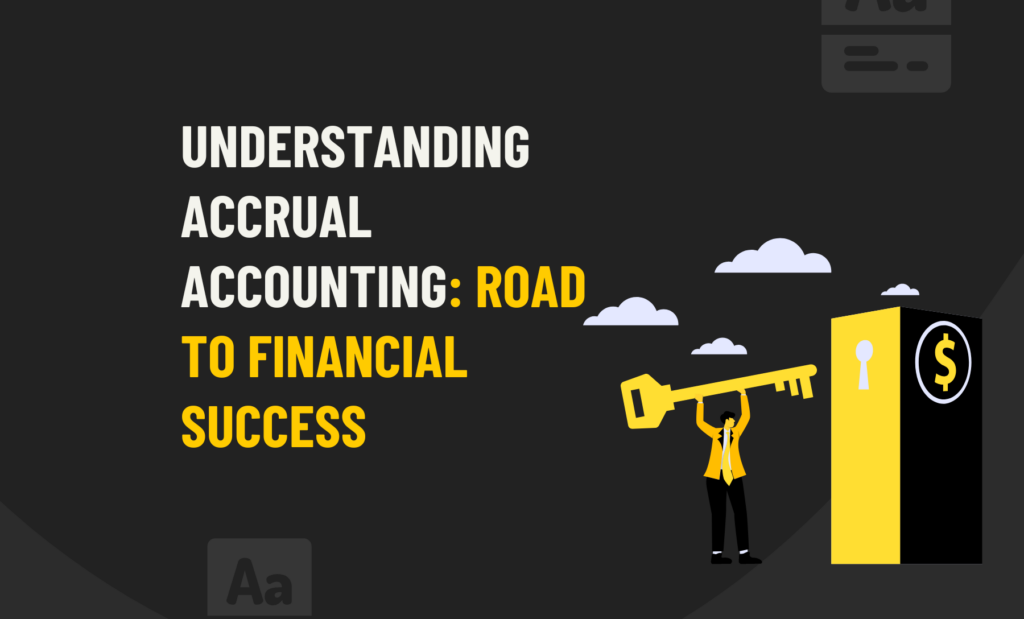
Accrual accounting is a method that records revenue and expenses as they are incurred. It differs from cash-based accounting, which only records transactions when money is exchanged. Do you know what accrual accounting is, how it works, and its benefits? Then this article is for you! Here we will discuss the basics of accrual accounting, […]
Make Sound Investments By Understanding Return On Assets

Do you want to learn how to calculate Return on Assets (ROA)? If so, then this article is for you! ROA is a primary indicator of a company’s financial performance and can be used as an evaluative tool. Today, we will be looking at how to use ROA to measure the profitability of a business […]
Be An Excel Expert And Take Accounting To The Next Level
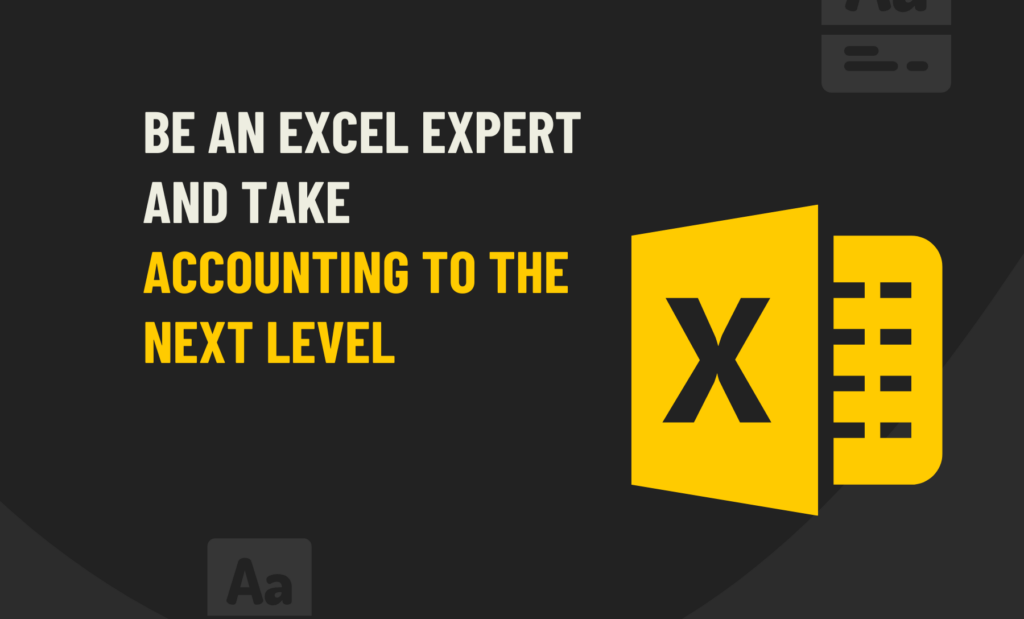
Do you sometimes feel overwhelmed by the amount of data and calculations you need to keep track of when it comes to your business’s accounting? Have you been looking for a tool to help make the process easier? Excel can be a great way to manage your finances if you use it properly. This article […]
Retaining Your Documents: The Ins And Outs Of Record Keeping
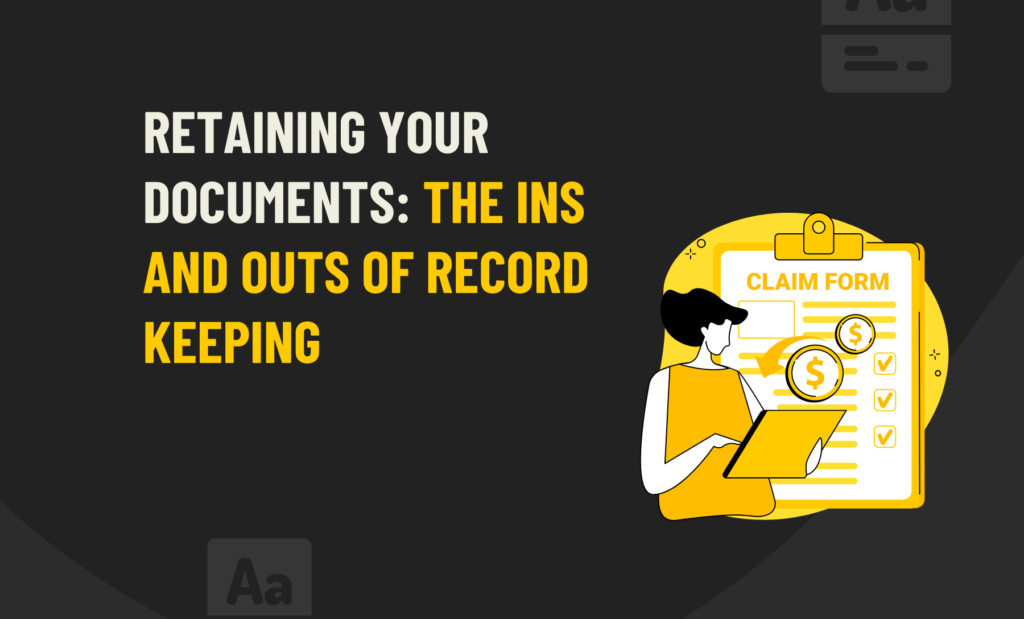
Accounting records are essential to any business. It is important to know how long to keep these records to comply with various laws and regulations. This article will provide an overview of the length of time you should retain your accounting records and answer questions such as what type of documents must be kept and […]
Everything Business Managers Should Know About Provisions
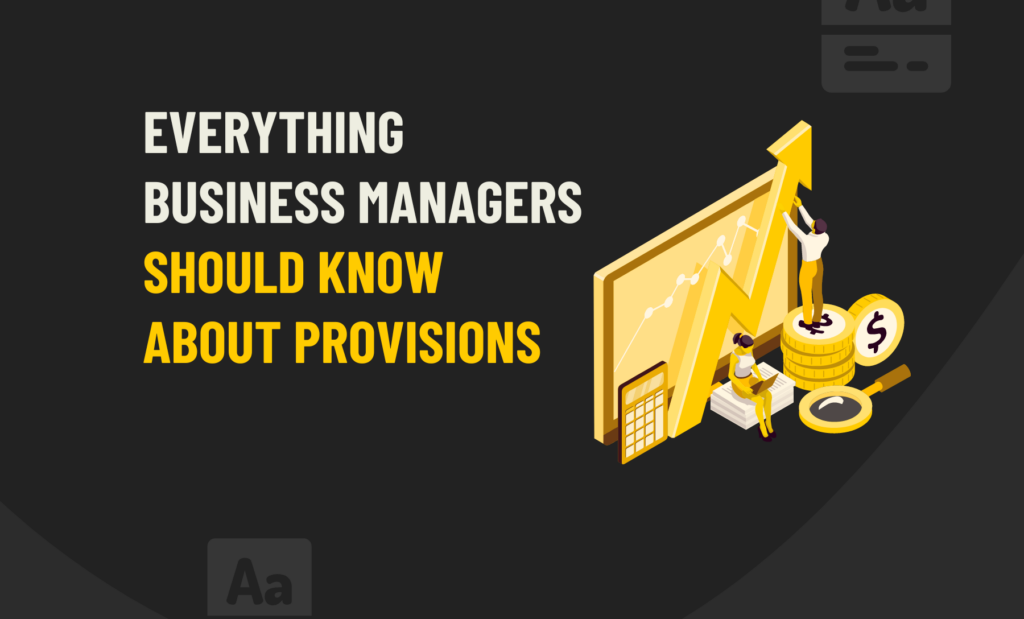
Accounting is an intricate field that can be difficult to understand. One component of accounting important to consider when analysing financial statements is provisions. But what exactly is a provision in accounting? This article will answer this question and explore the role of provisions in accounting. It will discuss how provisions are recorded, why they […]
Unpacking The Complexities Of Accounting Consolidations
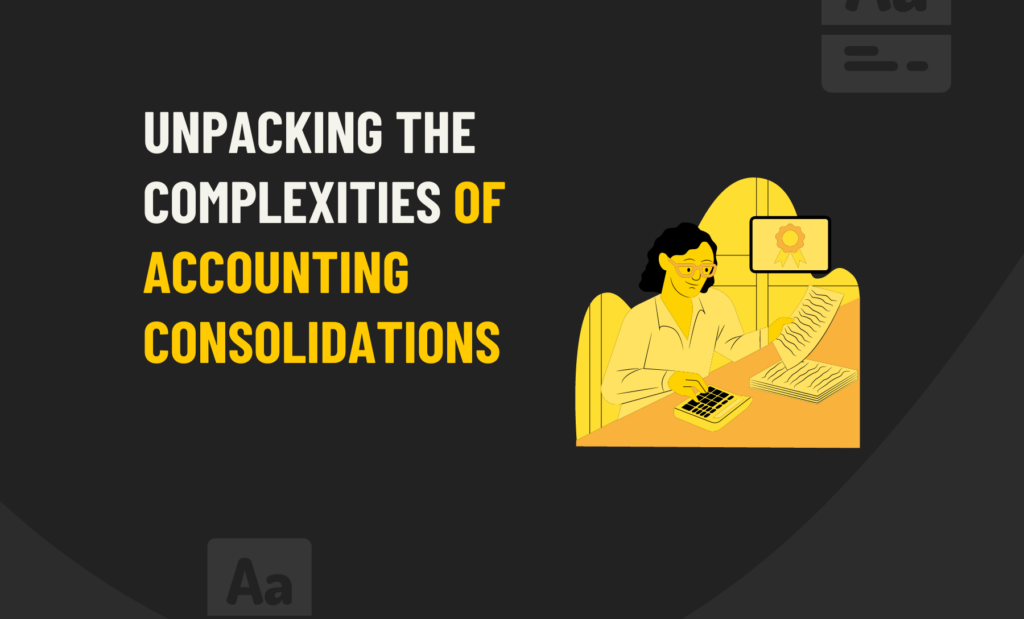
Accounting consolidation is an important concept for any business professional, especially those in the financial sector. Consolidation is the process of combining multiple entities or their financial statements into one single report. This process helps businesses better understand their financial standing and can be used to create more accurate financial analyses. But what exactly does […]
Exploring The Role Of Credit Notes In Financial Transactions

In accounting, it is important to understand key concepts and terms. One term you may have heard of is a credit note. But what exactly is a credit note? How does it differ from other types of documents? What purpose does it serve in an accounting system? This article will explore credit notes’ definition, purpose, […]
Achieving Perfection In Turnover Accounting Calculations
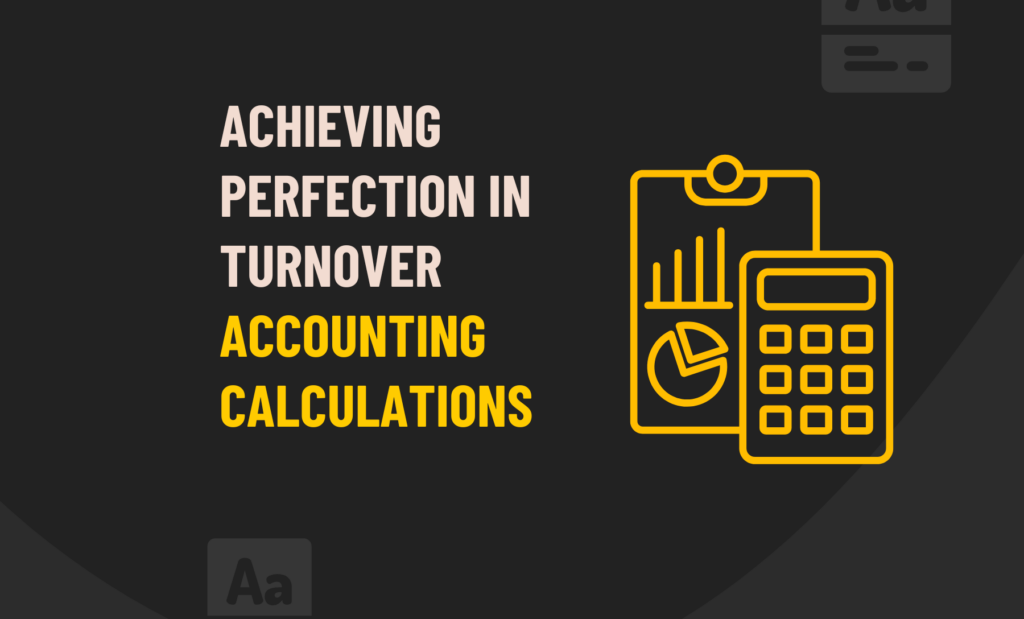
Calculating turnover accounting can be complicated, but it is important to understand the basics to manage your finances properly. Have you ever wondered how organisations can accurately measure their annual turnover rate? Are you looking for ways to determine how much of your company’s resources have been used up by staff turnover? In this article, […]
A Step-by-Step Guide to Becoming an Accountant: From Education to Career Opportunities

Accounting is a quantitative and analytical field that involves recording, classifying, and summarising financial transactions. To become an accountant, you need to have strong maths skills, a working knowledge of accounting principles, and the ability to write complex reports. How To Become An Accountant Becoming an accountant requires education, training, and professional certification. Here are […]
Thrive In Global Economy: Understand Accounting And Finance
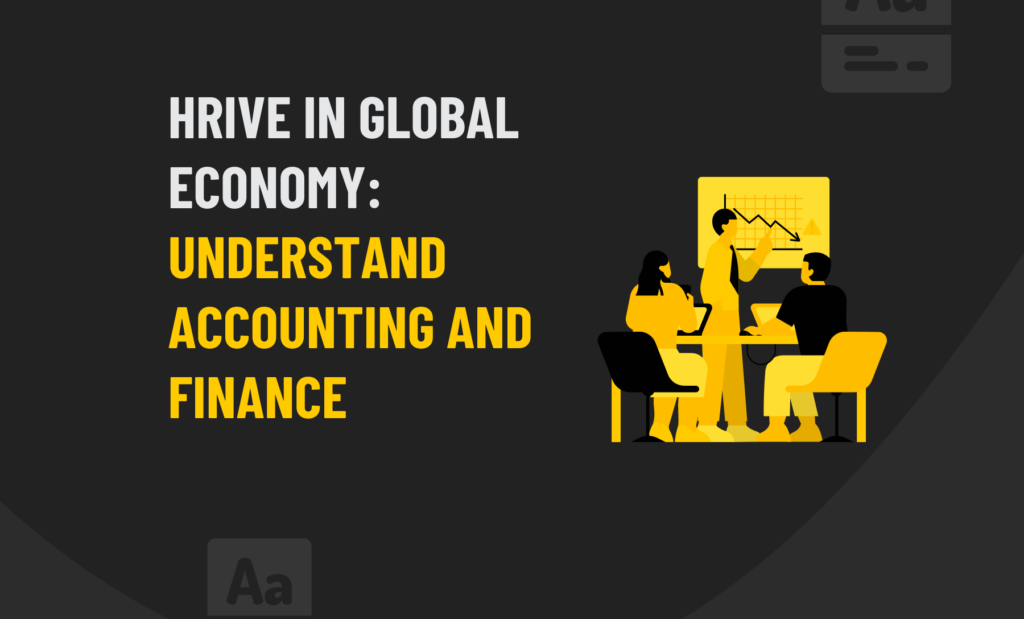
Studying the fields of accounting and finance can be intimidating for some, but with the right guidance and resources, it can be incredibly rewarding. Are you considering a degree in accounting or finance? Are you curious about what these fields involve? Do you want to know why studying accounting and finance is beneficial? This article […]
Unlock The Secrets Of Financial Success In Small Business

Are you starting a small business? Are you feeling overwhelmed about how to handle the accounting side of things? Accounting for a small business doesn’t have to be difficult or intimidating. This article will provide an overview of the basics of small business accounting and discuss tips for setting up an effective system. We’ll also […]
Digging Into The Distinctions Of Bookkeeping And Accounting
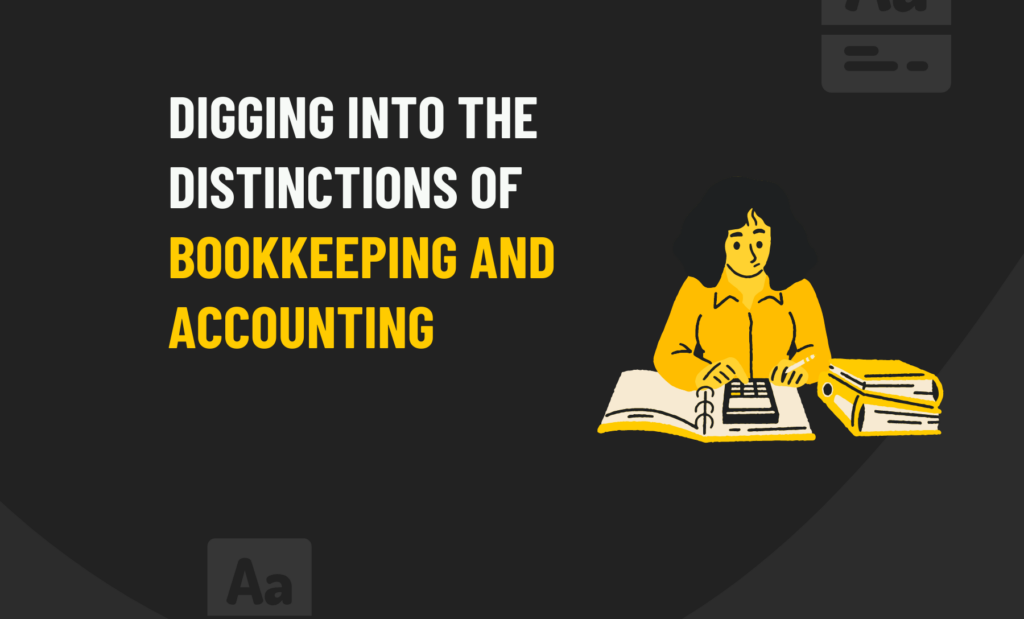
Are you confused about the difference between bookkeeping and accounting? Do you want to understand how these two financial fields differ? If so, this article is for you. Here, we will explore the distinct characteristics that define bookkeeping and accounting and how they intersect. We will also look at how these disciplines are used to […]
Navigating The Financial Landscape: Fair Value Accounting
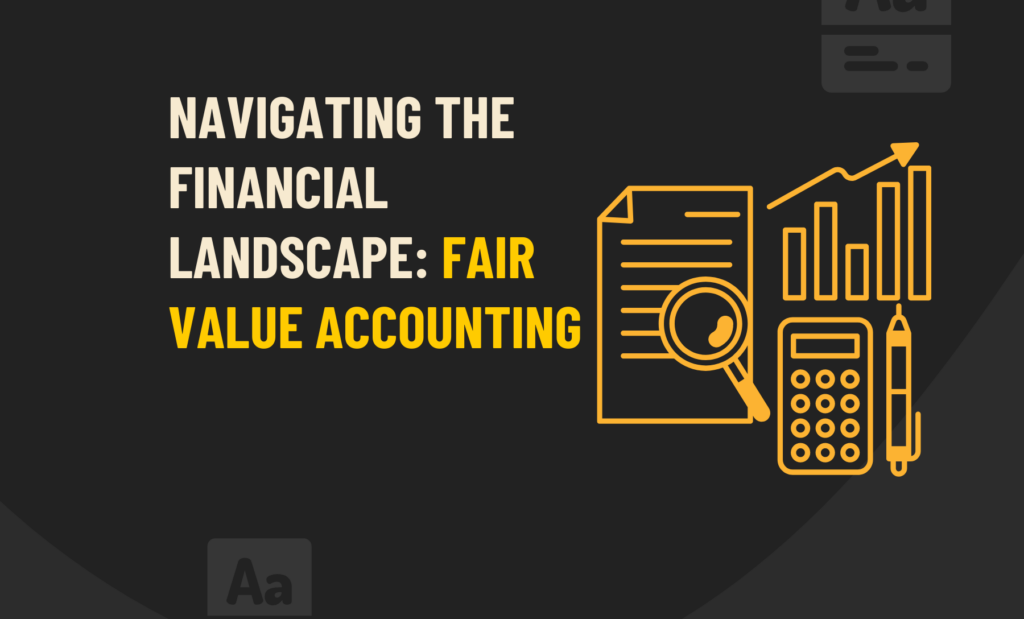
Fair value is an increasingly important concept in accounting and finance, with more focus on its importance for investors and other stakeholders. As a result, it is essential to clearly understand what fair value means and how it can be appropriately applied. This article will provide an overview of the concept of fair value and […]
Identifying The Essential Role Of Accounting’s Cost Of Sales
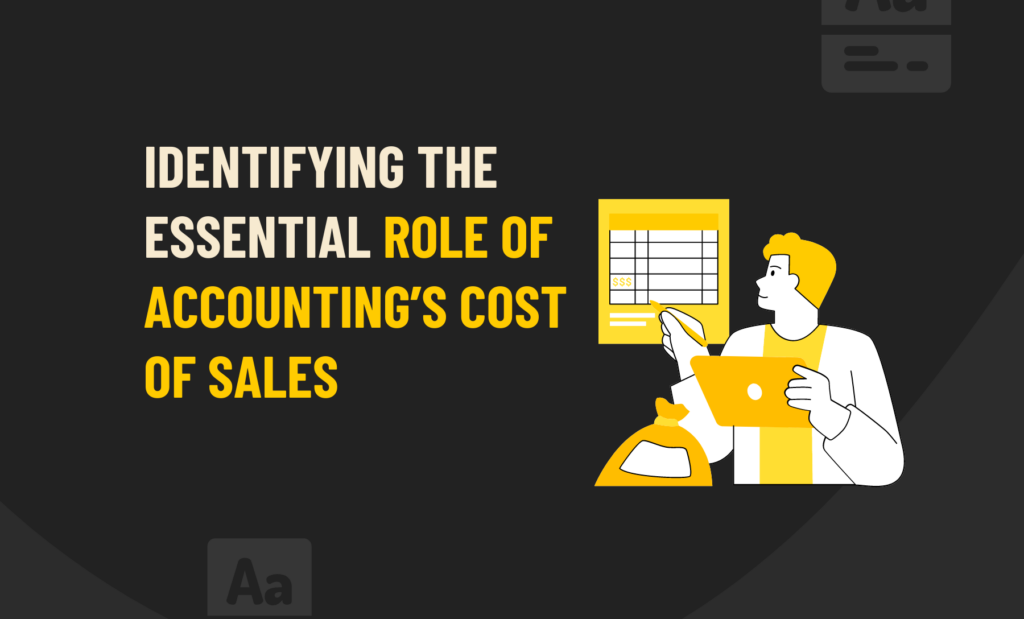
Cost of sales is an important concept in accounting that can directly impact the profitability of a business. Have you ever wondered what cost of sales means and how it’s used to track financial performance? In this article, we’ll explore the definition and purpose of the cost of sales and explain how it’s calculated and […]
A Comprehensive Guide To Understanding Turnover In Accounting
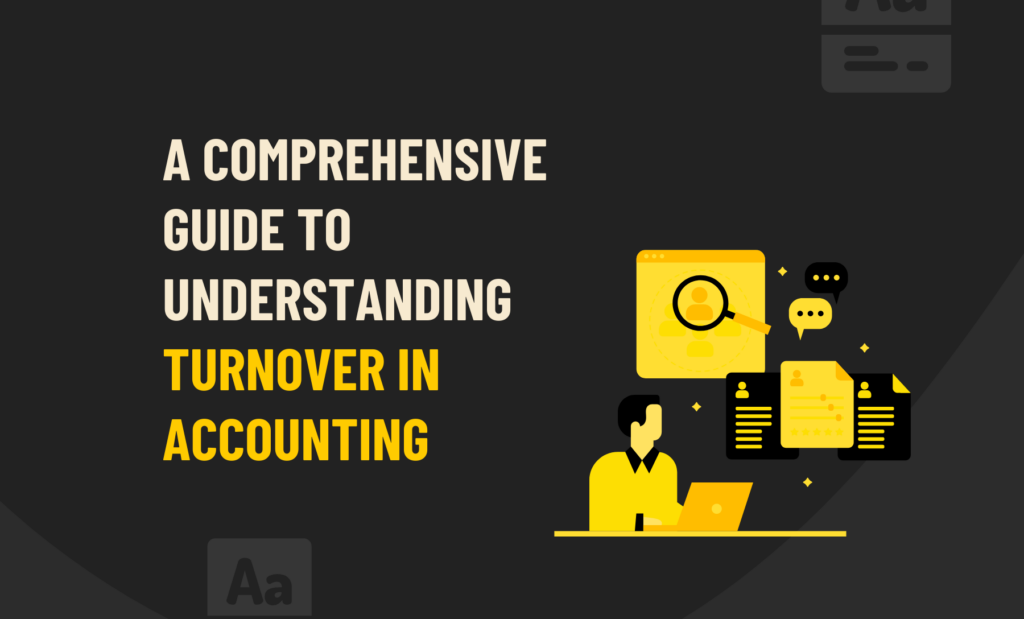
Accounting turnover is an important metric to consider when assessing the financial health of a business. It measures how quickly money moves through the company and indicates how well the organisation manages its resources. Understanding turnover in accounting can help you make better decisions about your finances and help you plan for the future. This […]
Keep Your Books Balanced: Understanding Drawing Accounts
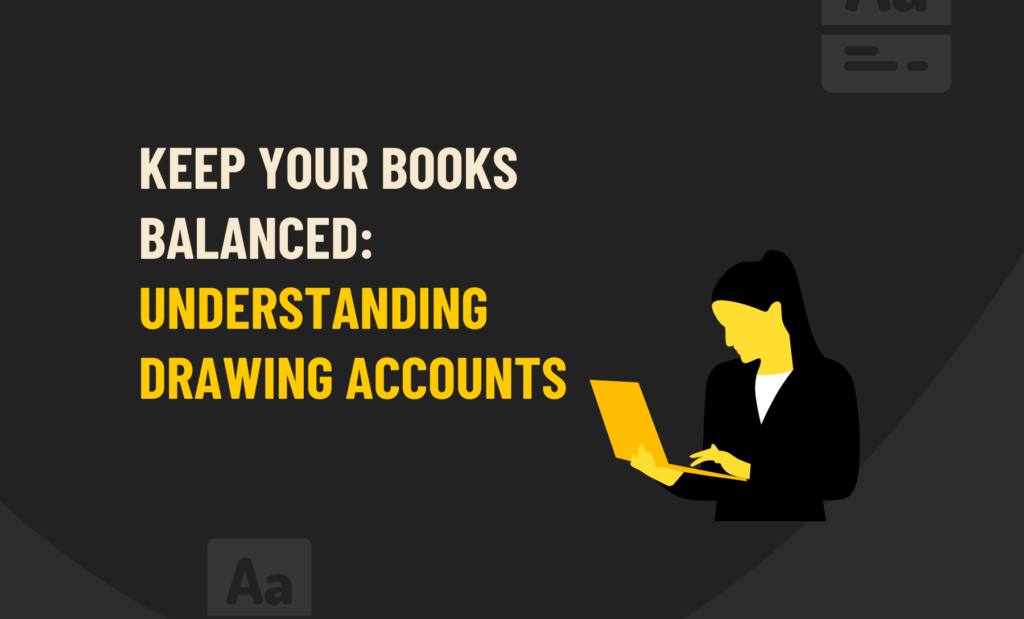
Have you ever wondered what drawings in accounting are? Have you seen the term ‘drawings’ appear in a financial statement and wanted to know more? Drawing is an important concept within accounting, and understanding it is crucial for any business or individual looking at their finances. It involves withdrawals made by a company’s owners, shareholders, […]
An Overview of Trial Balances in Accounting and How They Can Help Improve Efficiency
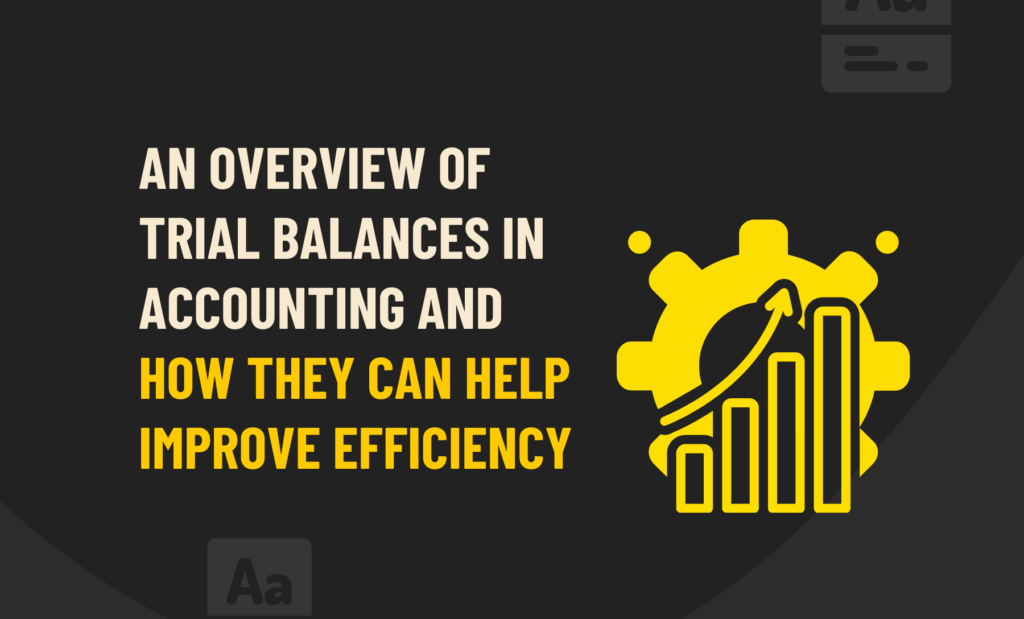
A trial balance is an important financial statement that reflects a company’s financial position at a specific time. The trial balance shows the cash, accounts receivable, and inventories on hand at the end of a particular period. What Is A Trial Balance In Accounting? A trial balance is a financial statement that lists all the […]
The Right Accounting Qualification To Launch Your Career

Are you looking for the right accounting qualification for a successful and rewarding career? With so many options, knowing which one will give you the qualifications you need to stand out in the field can be hard. In this article, we will discuss which accountancy qualification is best and how it can help you build […]
Understanding Impairment Accounting: An Overview of Impairment Accounting Rules and Regulations
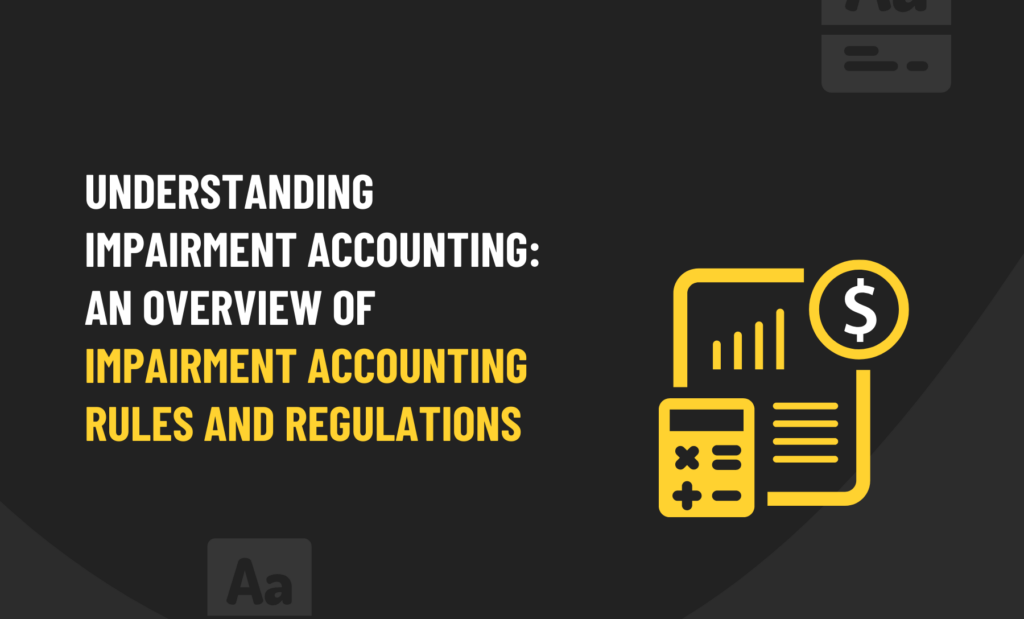
There is no single definition of impairment in accounting, but it typically refers to a decrease in the value of an asset below its carrying amount. This can occur because of economic factors, such as recession, or because of physical deterioration. What is Impairment in Accounting? In accounting, impairment refers to a reduction in the […]
Understand The Value And Concept Of Goodwill In Accounting
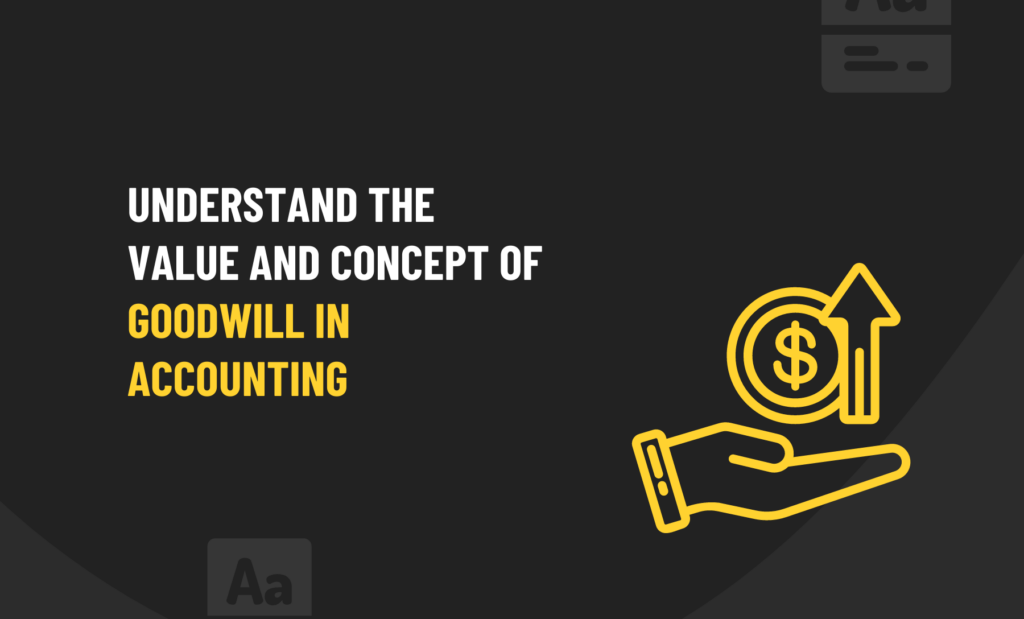
Goodwill is a concept often referenced in accounting, but its meaning may be unclear to non-accounting professionals. What exactly is goodwill in accounting, and how does it impact businesses? In this article, we will explore the definition of goodwill, how it affects financial statements, and what it means for organisations. We will also discuss the […]
Accounting Journal: A Vital Tool For Financial Tracking
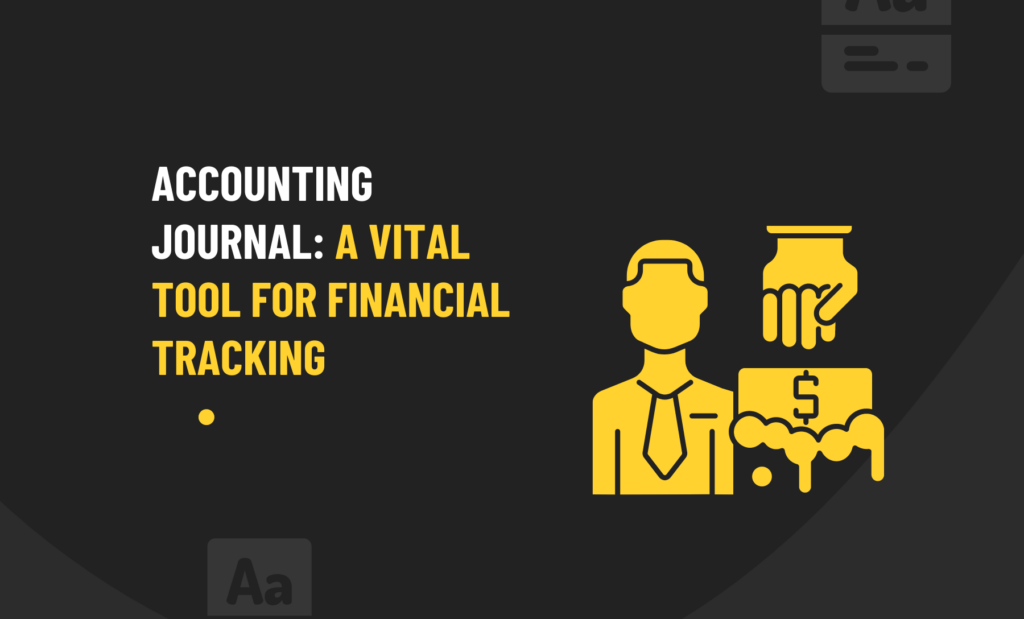
The accounting world is a complex and ever-changing industry. From tracking expenses to managing investments, the ability to record transactions accurately and efficiently is key. Keeping a journal of these financial exchanges can be an important way to document and track progress in accounting. Do you want to learn more about how keeping a journal […]
How to Switch Your Pension Payment from Post Office to Bank Account: A Step-by-Step Guide

If you’re considering taking your old pension payment in cash and avoiding the bank fees, think again. Here’s how to change your pension payment from the post office to a bank account without hassle. The Benefits of Changing Pension Payment from Post Office to Bank Account Changing pension payments from the post office to a […]
The Best Ways To Transfer Money To Another Bank Account

Close your eyes. Imagine. Your grandfather suddenly slipped and fell down the stairs while home alone. As a result, he badly injured his back. However, medical insurance will not cover his treatment. He is a pensioner and lacks the funds to pay for it independently. With no other person to contact, he calls you. You […]
The Step-by-Step Guide on How to Close a Bank Account Quickly and Easily
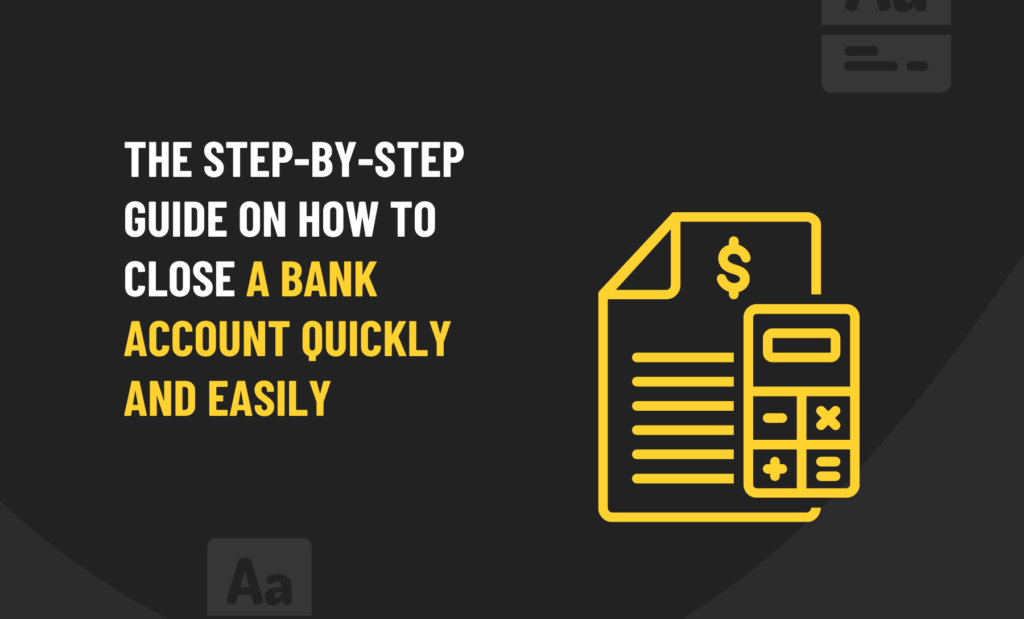
Are you thinking about closing your bank account? There are many reasons why you might want to do this, but one of the main reasons is to save money. Closing your bank account will reduce the amount of money that you have access to, and this can be a great way to save money. If […]
A Step-By-Step Guide to Downloading Bank Statements Easily and Securely
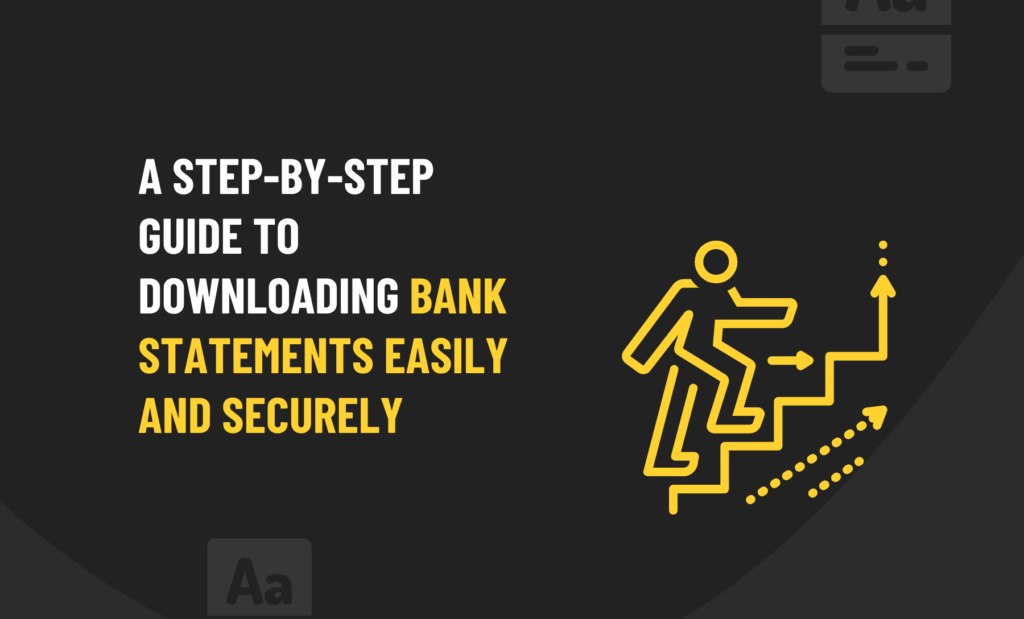
Are you looking for a way to keep track of your finances? Perhaps you’re considering downloading your bank statement. There are a few things to keep in mind before making the decision. The Uses Of Bank Statements A bank statement is a document provided by a financial institution that shows the transactions, balances, and other […]
Grasp Your Business’ Financial Future – Knowing Creditors

Are you confused about what creditors are in accounting? Creditors play a major role in the financial records of businesses and organizations, so it’s important to understand their purpose. In this article, we’ll discuss what creditors are in the context of accounting, how they differ from debtors, and why they are important. We’ll also look […]
Financial Fugitives No More: Easy Net Asset Calculation
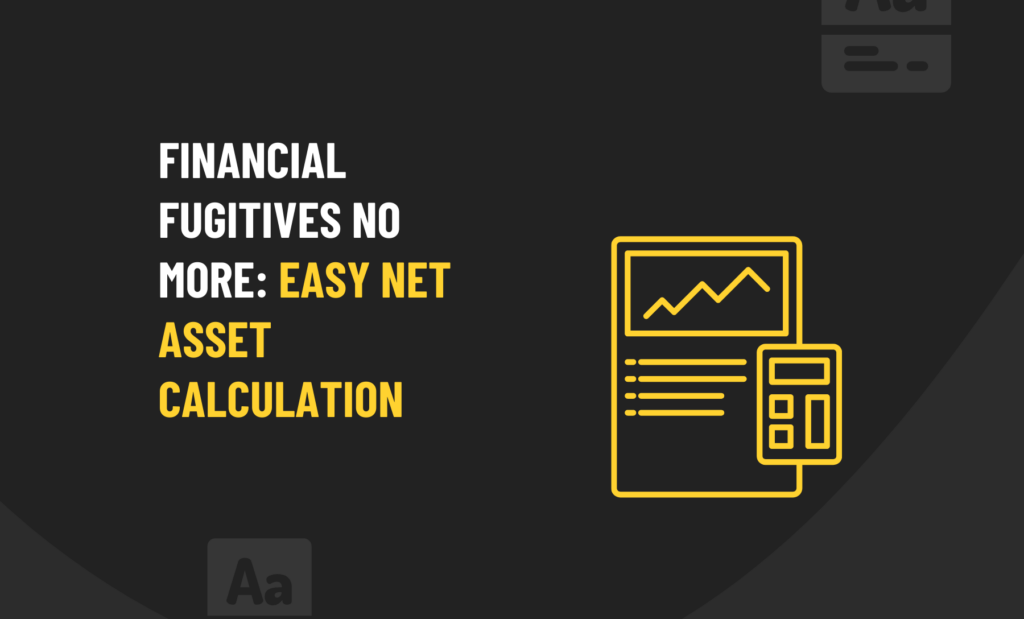
Do you ever wonder what your net assets are? Are you interested in getting a better understanding of how to calculate them? Accounting can be overwhelming and daunting, but understanding your net assets doesn’t have to be. This article will discuss the basics of calculating your net assets and provide useful tips for accounting for […]
A Step-By-Step Guide To Open A Joint Bank Account And Start Saving
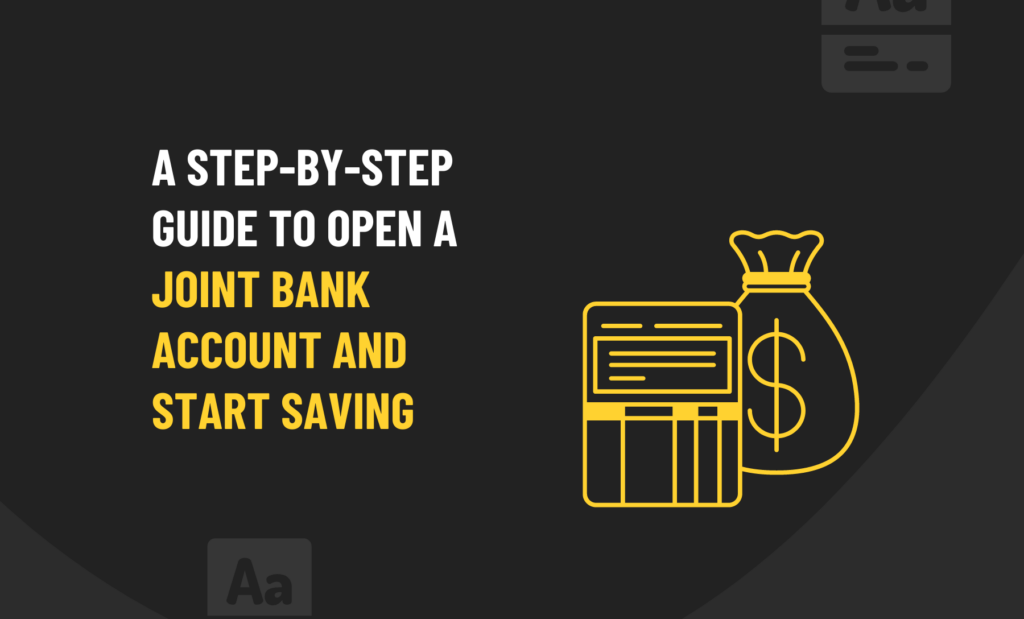
Want to manage your household funds much easier and more conveniently? If you answer yes, then opening a joint bank account is for you! Joint bank accounts are very effective as they make managing finances much easier, especially for couples who will have all their money accessible when both want to access them. However, it […]
How To Maximize Cash Flow And Increase Revenue With Accounts Receivable Management
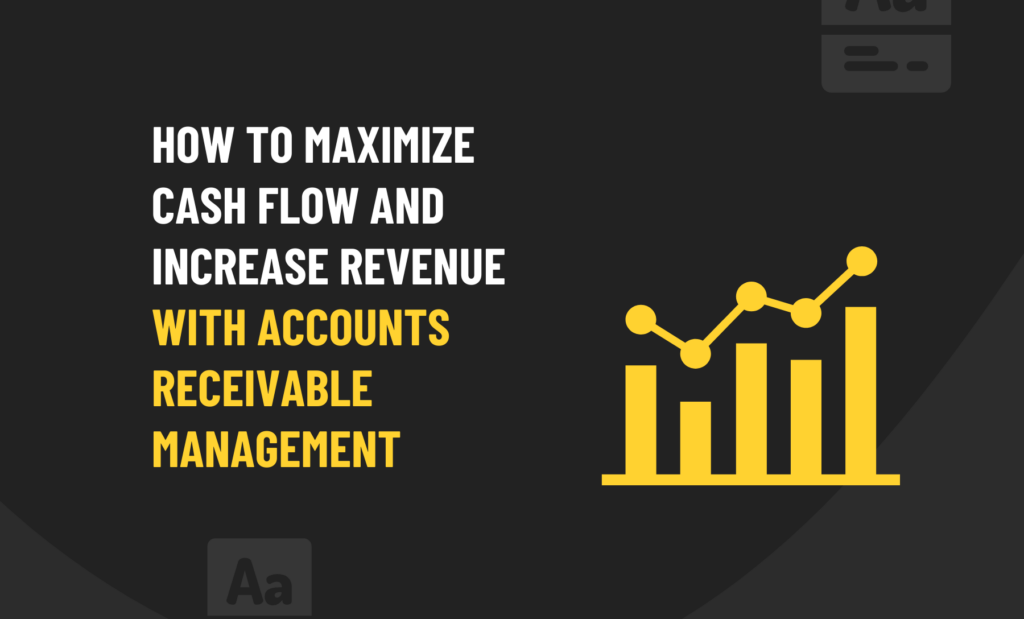
Accounts receivable act as the pulse of a business’s financial status. It is essential for keeping the cash flow healthy and stable. Furthermore, it can give you the peace of mind you need when dealing with finances. It lets you rest assured that future payments are guaranteed, so you don’t have to stress over running […]
Discover The Latest Techniques In Monitoring And Accounting For Inventory Levels
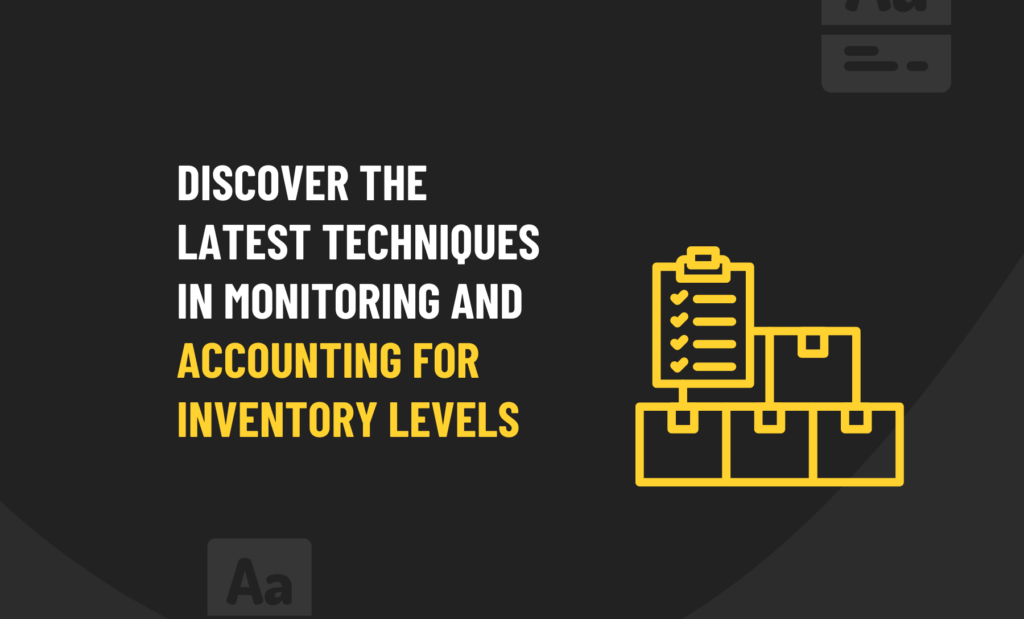
Accounting is an integral part of any business, and managing inventories is the blueprint of the accounting process. This comprehensive guide will explore the different methods and strategies for managing inventories in accounting. What Are Inventories In Accounting And How Does It Work? Inventory is an important part of accounting that helps businesses keep track […]
A Useful Guide To Calculating The Accounting Rate Of Return (AROR)
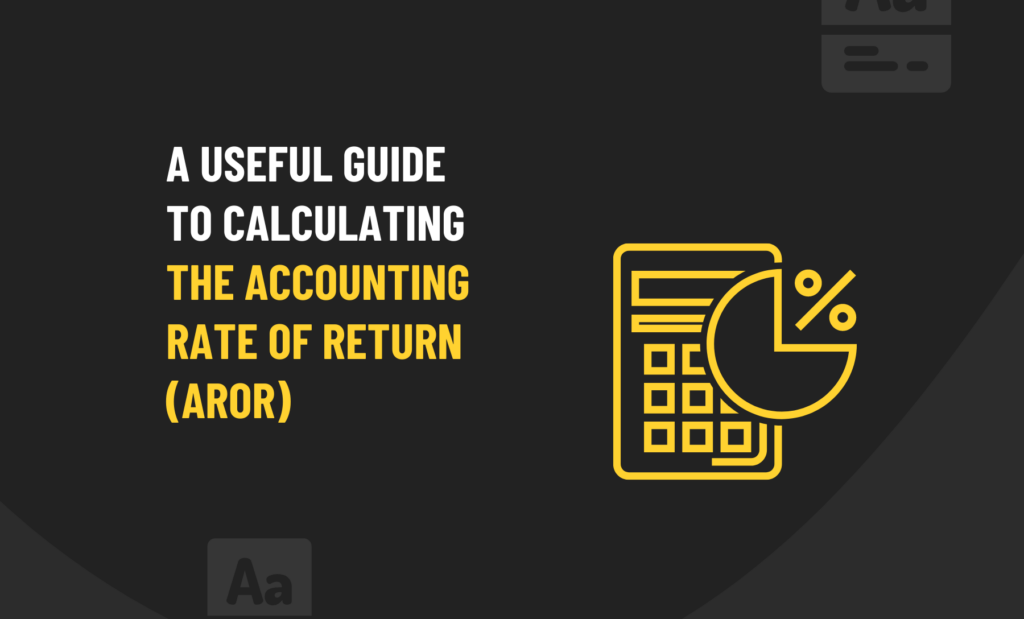
Accounting Rate of Return (AROR) is a key metric used by businesses to measure the profitability of their investments. It is an important tool for financial decision-making and helps organisations understand the rate of return they can expect from any investment they make. This guide will provide an overview of AROR and explain how to […]
An In-Depth Guide To Understanding Depreciation & How to Make the Most Of It In Business
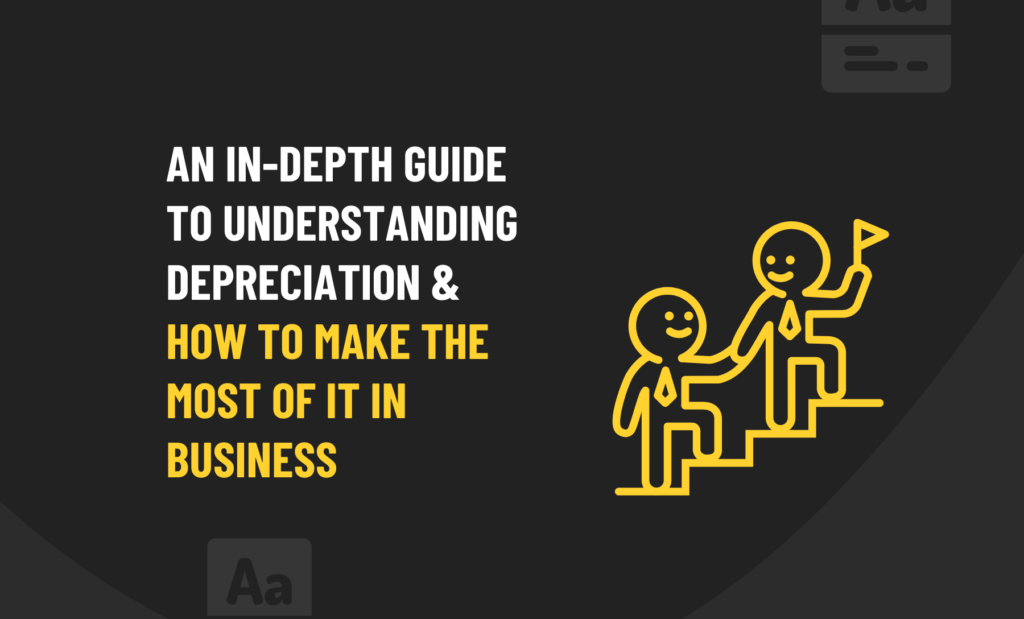
Depreciation is an important concept to understand when managing finances in your business. It’s a way of accounting for the gradual loss in value of certain assets over time. When managed correctly, depreciation can be a powerful tool to help you optimise your budget and maximise your profits. This guide will explain how depreciation works, […]
Costs or Disbursements Passed to Customers Under VAT Rules
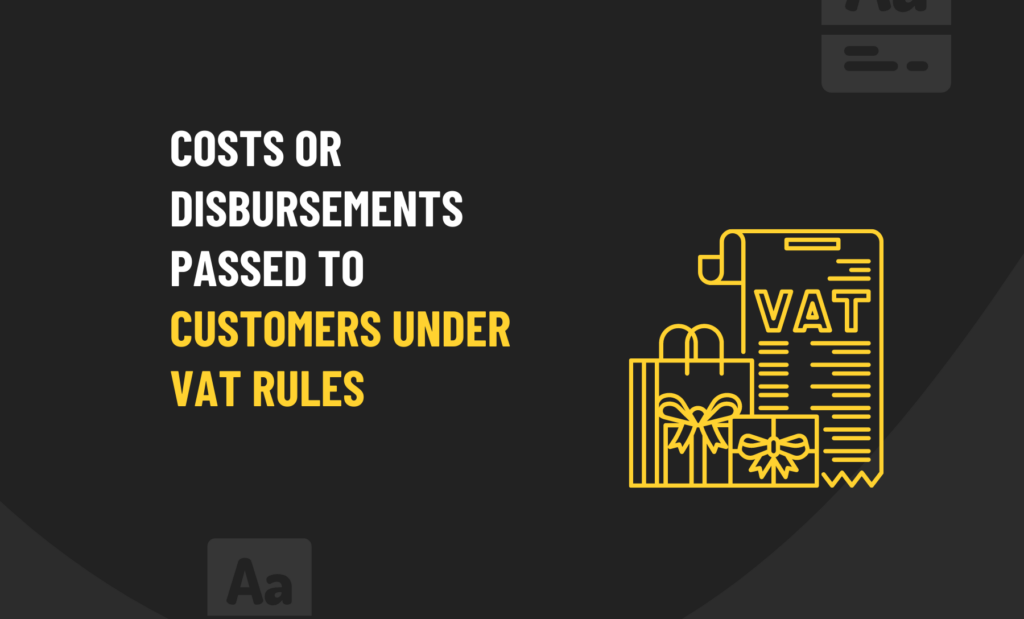
Costs or Disbursements Passed to Customers Under VAT Rules To provide your services to your customers, your business will incur costs. As you incur these costs, they will eventually be charged back to customers. These payments could be considered ‘disbursements’ for VAT. You do not charge VAT on them when you invoice your customers, nor […]
As a Married Man in the UK, What Tax Allowances am I Entitled to?

In taxation, if your taxable income exceeds your tax allowances, you are subject to income tax. In addition to being taxable income, the income covered by your allowance is also tax-free. The information is relevant if you need to report your income for other reasons, such as tax credits. However, as a taxpayer, have you […]
How Much Tax and NI will I Pay

National Insurance is an integral part of the UK tax system, and both employees and employers pay for it. It covers important things like healthcare for all of us, maternity leave, and more. National Insurance contributions can be deducted from a worker’s pay in order to avoid the taxman taking any further interest in their […]
What is the Tax Evasion UK

The British government has decided to introduce a new tax regime for the UK which aims to make it less attractive for companies to move their headquarters from the UK. The UK is a popular place for international businesses to set up their headquarters. This new tax regime will require companies with more than 250 […]
Why Am I On Emergency Tax

Introduction When HMRC (Her Majesty’s Revenue and Customs) doesn’t have accurate or adequate information about you, your income, or your tax data, emergency tax is triggered. The right tax code that you should be on will be unavailable due to a lack of information, thus you will be given an emergency tax code. This article […]
Why Am I Paying Emergency Tax

Introduction When HMRC does not have accurate or adequate information about you, your income, or your tax data, emergency tax is triggered. Because they lack the information they need, the right tax code for you will be unavailable, and you will be assigned an emergency tax code. When you leave a job, you should be […]
Wrongful Trading: What It Is and How to Avoid It

Wrongful trading, often known as “trading irresponsibly,” is a civil wrong covered by Section 214 of the 1986 Insolvency Act. As a result, industry professionals frequently refer to it as simply “Section 214.” The premise of wrongful trading is that a director of a UK limited company becomes fully aware of their firm’s insolvency, but […]
VAT on Business Expenses – What You Need to Know

VAT on Business Expenses – What You Need to Know Expenses are one of the most perplexing aspects of VAT, so don’t worry if you’re finding it all a little overwhelming. In this piece, we’ll walk you through the minefield of VAT on expenses and highlight the types of issues you can face in real […]
Setting Up a Trust in the UK – A Complete Guide

The use of a trust to protect large sums of money and other financial assets is becoming increasingly common. The usage of trusts in the UK has risen steadily. Once thought to be the sole domain of affluent individuals seeking to dodge taxes, people from all walks of life are now taking advantage of the […]
Stamp Duty – What You Need to Know Now

When you buy a home in England or Northern Ireland, you will be subject to Stamp Duty Land Tax (SDLT). It is usually transferred by your conveyancer when you exchange contracts on your property, and it must be paid within 14 days of closing. Stamp Duty is only paid by persons who are purchasing property, […]
Simple Guide to CIS Tax For Construction Pros

CIS isn’t a new tax law; it was enacted in 1971 to address what was considered to be a major tax evasion problem in the construction industry. Several adjustments have been made over the years, with the most current developments being announced by the UK government at the end of 2020 that took effect on […]
PayPal Working Capital UK: Is This a Loan That’s Right for Your Business?

New businesses and start-ups often need cash in a hurry. The same can actually be true of any business that is still in its early growth stages. Getting a traditional business loan from a High Street bank is increasingly difficult however, leaving businesses to look for a loan alternative that will a) provide them with […]
All About Companies House Late Filing Penalties

Limited companies, whether private or public, are required to file annual accounts with Companies House and HMRC. Companies House can and will impose a late filing penalty if you fail to file your accounts on time. Penalties for late filing were first imposed in 1992 in order to reduce the number of businesses that filed […]
Understanding – And Using – a Director’s Loan Account
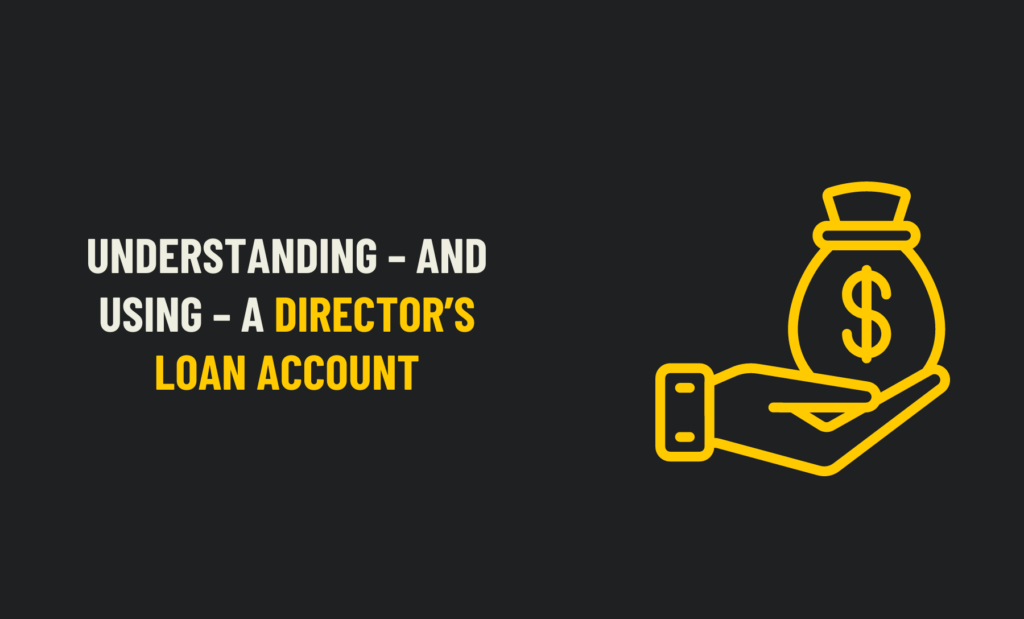
Understanding – And Using – a Director’s Loan Account If you own a business, you’ve probably come across the term “directors loan account.” Directors loan accounts (DLA) are one of the many tax provisions that you should be familiar with when you start a business of your own. That’s especially true of DLAs, as, if […]
Shares, Share Capital and More Explained

Setting up a limited company can seem like a daunting and confusing undertaking, and, as many new company principals discover, for lots of different reasons. Take share capital for example. When setting up a limited company, you’ll discover that you are expected to issue at least one share. However, if you don’t quite understand what […]
An Employer’s Guide to Unlawful Deduction of Wages

Unlawful deductions of wages claims could be filed against you if an employee claims you illegally deducted money from their paycheck. What are your legal options if this happens, and how can you avoid future conflicts with your employees? That’s what we are going to take a closer look at here. What Constitutes an Unlawful […]
Your Guide to Furnished Holiday Let Tax Breaks and Financial Pros and Cons

Holiday Let Tax Breaks and Financial Pros and Cons Owning and renting out a holiday let can be very worthwhile. It not only ensures that your family and friends have a good time guaranteed during your holidays, but it also gives you the opportunity to earn some extra money. In this post, we’ll go over […]
Trading Income Allowance – What It Is and Why You Might Want to Claim It

HMRC introduced two new annual tax allowances of £1,000 each in early 2018. There is a trading income allowance as well as an allowance for people who earn money from property investment. These exemptions also apply to other sources of income, such as selling small personal assets online and offering your services for a fee. […]
UK Resident Meaning: Why It Might Be Harder to Define Than You Think

Am I a UK resident? It’s a simple enough question to answer, right? After all, you know where you live. However, as anyone who works abroad, spends a lot of time there or otherwise isn’t in the UK 24/7, UK resident meaning, at least for tax purposes, can be rather murky to define. HMRC introduced […]
Tip Pooling, Troncs and a Fairer Workplace for Everyone

Tipping dates from the 18th century, when customers in pubs would attach coins to notes handed to the barkeeper. The purpose of this monetary incentive was “to ensure promptness,” hence the term “TIP.” Tipping, like the industries in which it is found, has changed dramatically since then. In fact, few would have predicted the same […]
How the Employment Allowance Can Help Your Business Grow?

How the Employment Allowance Can Help Your Business Grow The Employment Allowance – referred to, inaccurately, by some as the employer’s allowance – reduces the amount of National Insurance that businesses must pay by up to £4,000 per year, a possible real boon for a small business. Is it possible for your small business to […]
Everything You Need to Know about Micro-entity Accounts

A micro-entity (also known as a micro company) is a very small, privately held limited company. If you’re the director of a micro-entity, submitting micro-entity accounts to Companies House can save you time when it comes to preparing and filing your accounts. Micro-entity accounts are a simplified format that contains all the information that all […]
Basic Guide to Benefits in Kind: What You Need to Know Now

It’s possible that you’re receiving a benefit-in-kind if you receive any other benefits as part of your job in addition to your salary (BIK), or, if you are an employer you are offering them to your employees. You may – often rightly- think of them as a workplace perk, or you may hear them referred […]
10 Reasons Your Contract May Fail the IR35 Test

10 Common Reasons Your Contract Might Not Pass the IR35 Test Are you a contractor, or representative of a personal service company trying to keep your contracts outside IR35 and pass the tough IR35 test? If so, this blog post is for you. If, as an entity we just described, you sign a contract that […]
Personal Service Company: What It Is and Why You Might Want to Form One

When then-Chancellor Gordon Brown used the phrase “personal service company” to introduce the well-known legislation IR35 in 1999, it caught everyone’s attention in the world of business (and especially accounting) There is no clear definition of a personal service company (PSC), though it is commonly used to refer to the limited company director who owns […]
Do You Need a Self-Employed Accountant?

Starting out as a freelancer or contractor can be intimidating, and there are numerous factors to consider, including whether to hire an accountant to handle your tax obligations and other financial issues. As you probably already know, outsourcing has a lot of benefits and drawbacks, but should your tax and financial matters be one of […]
Simple Assessment Explained
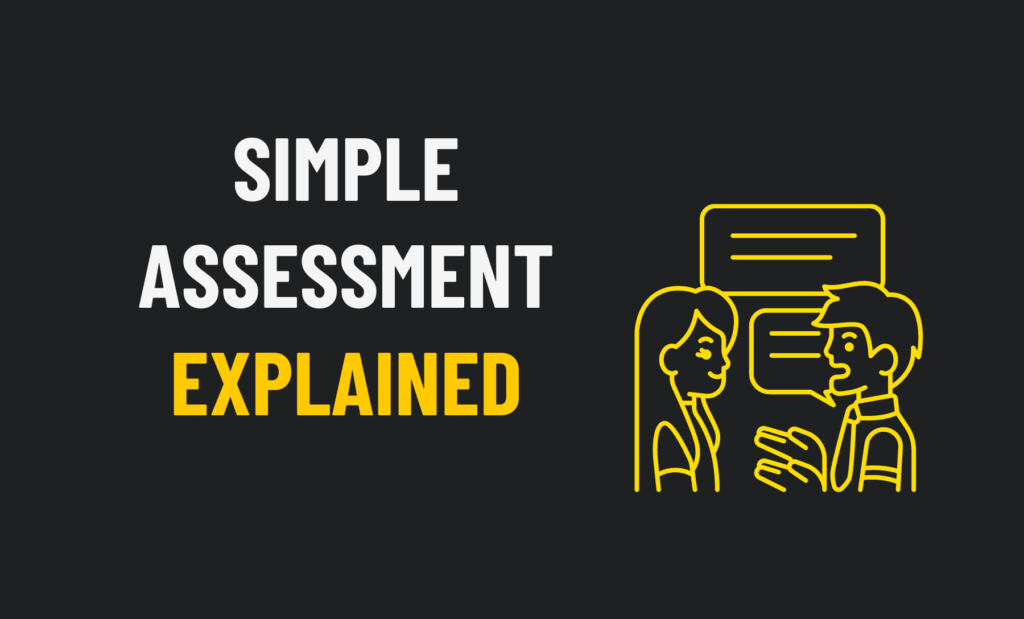
Important Note: Simple Assessment was halted in May 2018 as resources were reallocated to prepare for the United Kingdom’s exit from the European Union. Because of the coronavirus outbreak in 2020, the rollout is likely to be further delayed (factual as of May 2021) and so some of what follows is based on the intention […]
Credit Control – How to Get it Right Every Time

One of the most important aspects of running a successful business is effective credit control. Your business’s cash flow can be severely impacted if money does not come in on time, and the resulting problems can quickly spiral out of control. Effective credit control is an important process that begins with getting to know your […]
What are CIS Deductions and How Do I Make the Right Ones?

Do you operate in the construction industry? Then this post if for you, especially if you have ever been confused by the rules, and practices, surrounding mandatory CIS deductions. Contractors deduct money from subcontractor payments and send it to HM Revenue and Customs under the Construction Industry Scheme (CIS) If the subcontractor is not registered […]
What is a P11d: A Basic Guide

Do you receive or pay your employees’ or directors’ expenses or benefits throughout the year? Then you must complete and submit a P11d form to HMRC for each employee who has received the benefits, as well as a P11d(b) to summarize the class 1A NIC due, as required by law. Does all that sound like […]
What is a P60, and Who Should Get One?

Every UK employer with an in-house payroll department must understand, and be able to efficiently issue P60s. These important forms summarise an employee’s pay and deductions for the tax year, but there are a few key variables to keep in mind and plenty of room for error. As is the case for almost everything to […]
Reaping the Benefits of Keeping Managed Accounts

Every business needs three financial statements: a profit and loss (or income) statement, a cash flow statement, and a balance sheet. These documents, when combined, provide key figures and a snapshot of your financial situation. But, more importantly, what do these figures mean to you? Do they clearly show how your company is growing? Do […]
How to Close a Limited Company the Right Way

How to Close a Limited Company the Right Way Not every business succeeds, and not every partnership blossoms as expected, meaning that it’s not unusual for the time to come when the principals involved might want to close a limited company and move on to the next phase in their professional lives. Closing a limited […]
VAT on Food – What Should Be Charged and How

If you’re a food retailer, producer, manufacturer, or wholesaler, you need to be familiar with the ins and outs of food VAT to stay in HMRC’s good books. But be warned: it isn’t going to be easy. In fact, the UK government’s guidance on VAT on food is extensive to say the least, confusing if […]
What Are Abridged Accounts and Can My Firm File Them?
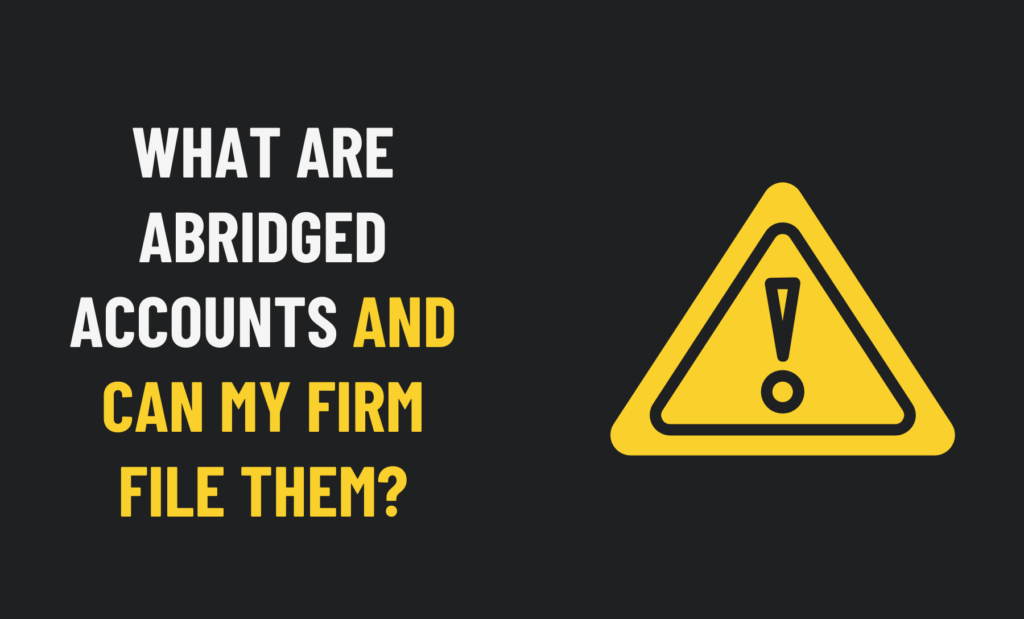
There are several options for filing small company accounts with Companies House: dormant company accounts, full accounts, micro-entity accounts, and abridged accounts. Abridged accounts may be the best option for a small business or startup with a low turnover. With our simple guide, you’ll learn the basics you need to know about filing abridged accounts […]
How to Charge VAT on Postage without Getting into Trouble with the Taxman

Online sales are booming, even as the restrictions on high street retailers loosen after the pandemic. Therefore, for an increasing number of UK retailers getting into e-commerce – even if they have never ventured into the world of online sales before, makes a lot of sense. This means creating new price lists for your website, […]
What Are Statutory Accounts and How Do They Work? A Quick Overview
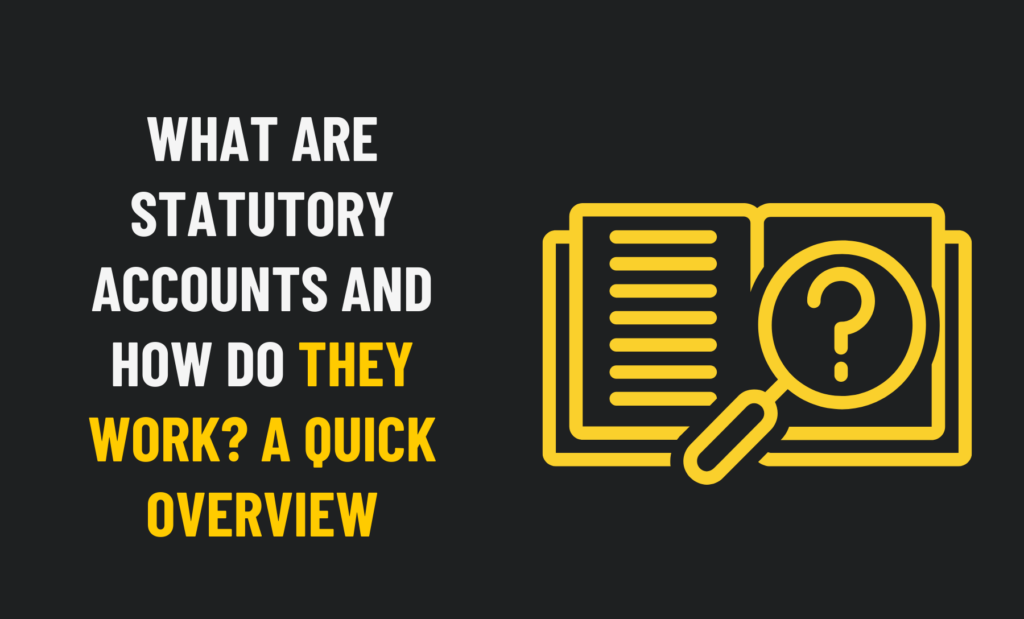
Although it is a legal requirement, preparing annual statutory accounts for your limited company can be a daunting task. We’ve gone back to the basics in this article to help you better understand why, even though this can be a pain, getting your statutory accounts right is also a must. Statutory Accounts Basics You have […]
How You Manage Trade Creditors May Save Your Business Someday

For the smooth operation of your business, you rely on good relationships with creditors. The cash flow of most businesses is influenced by suppliers – also known as trade creditors- the bank, and statutory bodies such as HM Revenue & Customs (HMRC). You might not be able to pay your bills on time if your […]
How You Manage Your Trade Debtors Can Make or Break Your Business

It’s a sad fact that more than 60% of small businesses in the United Kingdom fail within the first three years of operation. Even more tragic is the fact that many of these businesses failed not because they had a bad idea to begin with (though some did! ) but because of poor cash management. […]
When Should You Charge VAT on Takeaway Food?

When Should You Charge VAT on Takeaway Food We’ll assume that if you are reading this article your business, whatever it may be, sells takeaway food and/or drinks. We’ll also assume that it is VAT registered, and you have questions about whether certain items you offer to the public should include VAT in the purchase […]


